The Tower District is an older, central city neighborhood in Fresno, California. In the 1880's what is now the Tower District was quite a far piece from downtown Fresno, nearly 45 minutes away by a good horse and buggy and an hour by foot. The district emerged in the early 1900's as a streetcar suburb of a rapidly growing Fresno. By the 1940's its namesake (the Tower Theatre) had been built and the district had evolved into a dense, diverse, thriving neighborhood.
Although it struggled at times during the post World War II years, it never declined into complete abandonment and disrepair that many other older neighborhoods experienced during the same period. In the late eighties the Tower District began a bit of a renaissance, spurred mainly by an active citizenry, the draw of unique, pedestrian-friendly neighborhoods, and the lively, pedestrian-oriented atmosphere of the commercial core of the neighborhood along Olive Avenue. This renaissance spawned the creation of the Tower District Specific Plan which was adopted by city ordinance in 1991.
Today the commercial center of the Tower District serves as Fresno's predominant arts and entertainment district. Unique for its art deco architecture and its pedestrian oriented design, its character is set by entertainment uses and restaurants, including cafes, nightclubs, performing arts facilities, theaters, bakeries, delis, and a wide variety of specialty retail establishments selling used books, designer clothing, gourmet foods, and other goods. Immediately adjacent to the commercial core is a dense arrangement of offices, apartments, and single-family homes.
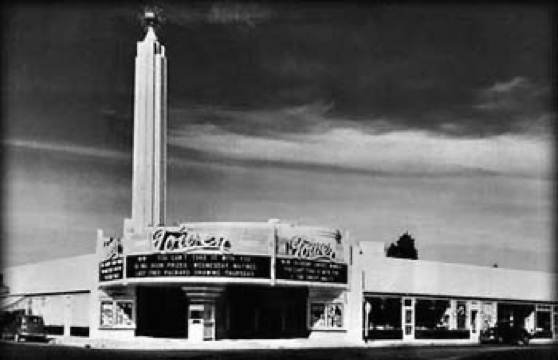
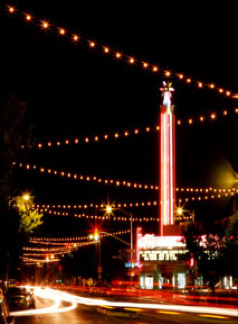
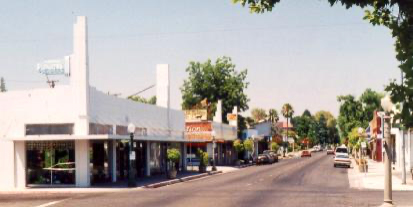
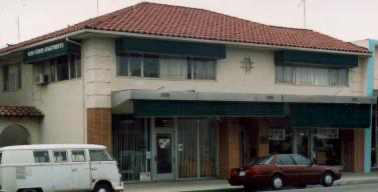
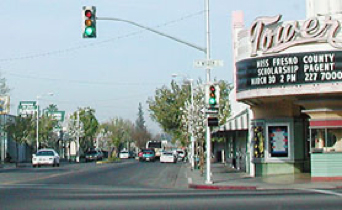
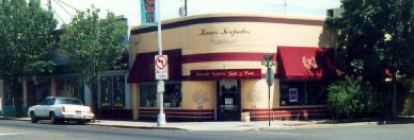
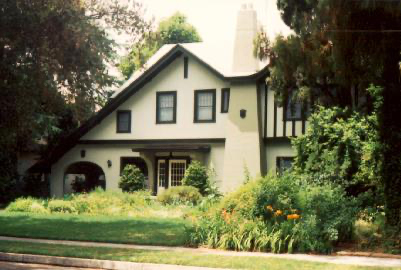
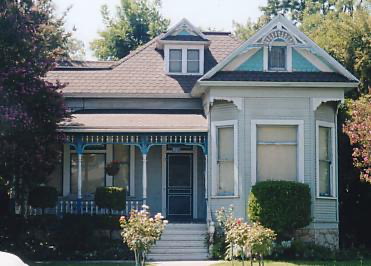
The Tower District is one of the most diverse neighborhoods in Fresno. The unique mix includes dozens of ethnic groups, families with children, singles, retired persons, students, artists, white-collar workers, blue-collar workers, and a broader spectrum of household incomes than anywhere else in the city of Fresno.
This diversity is refreshing in a world that is often segregated along ethnic and economic lines. The amenities in the neighborhood draw people with choice who otherwise would live on the suburban fringe. The broad spectrum of housing types—ranging from granny flats, townhouses, and apartments to small bungalows and mansions—make the neighborhood available to all different economic strata and families at all stages of life.
In the late 1980s, the citizenry of the Tower District became very active in protecting the future of their neighborhood. This began with the opposition to an inappropriate building proposed for the area, which led to the development of the Tower District Specific Plan, adopted in 1991.
The strong activism of neighborhood residents continues to this day. In the 1990s America experienced an urban renaissance. Downtowns in many cities gained population for the first time since the 1940s; people began to value traditional architecture and walkable neighborhood design again; and the "New Urbanism" movement, which advocated a return to traditional town planning, swept the city planning profession. Old, neglected neighborhoods became hip again, and the Tower District was no different.
As people began to crave an environment that was more interesting than modern subdivisions and strip malls, the Tower District was well-positioned to provide an alternative. Shops and restaurants in the area began to thrive, and homes and apartment houses began to receive facelifts. The area began to host city-wide special events, and blossomed into the cultural center of the entire metropolitan area.